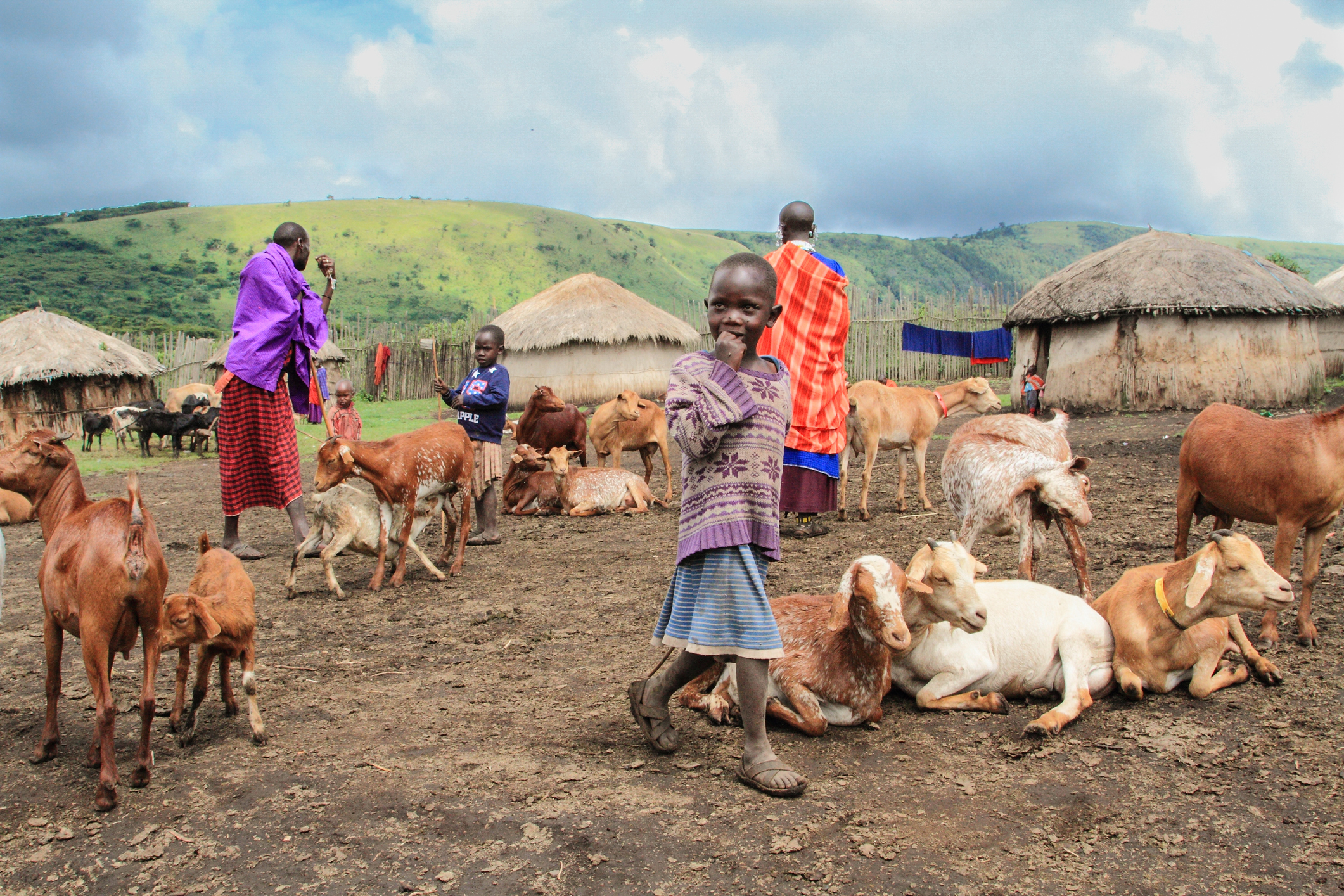
Tanzania piloted the Decentralized Climate Finance mechanism in Monduli, Longido and Ngorongoro districts between 2016 and 2018. The pilot has generated several useful lessons for those wishing to establish similar mechanisms and for local-level climate adaptation investments in general. These include the following:
Building the capacity of government institutions to respond effectively to climate risk requires patient, consistent investment. Embedding new concepts and capabilities takes time.
Alternative planning spatial scales of planning — such as the division — can work alongside and in support of the government’s existing national planning system.
Empowering community committees with responsibility for investments and the funds to carry them out improves transparency and encourages social accountability of government activities.
Local champions and customary, traditional or informal leaders play a key bridging role between communities and governments through the newly elected community institutions.
If climate finance is to be disbursed in larger quantities to local government planners for physical investments, technical local government authority teams will play a key role in overseeing the quality of construction or introducing new ideas. Specific training for their roles in designing local investments and systems for quality assurance would reduce errors and risk of poor-quality designs. Training may be helpful to build recognition of local innovations such as solar pumps or low concrete construction.
Women and men have different priorities when responding to climate risks and government planners must recognise this if they are to develop an appropriate climate response. Women have benefitted significantly from the inclusion of domestic water points alongside new livestock drinking troughs, which typically benefit male herders. This is a relative innovation in the context of the local cultural norms that dictate the order of access to water sources.